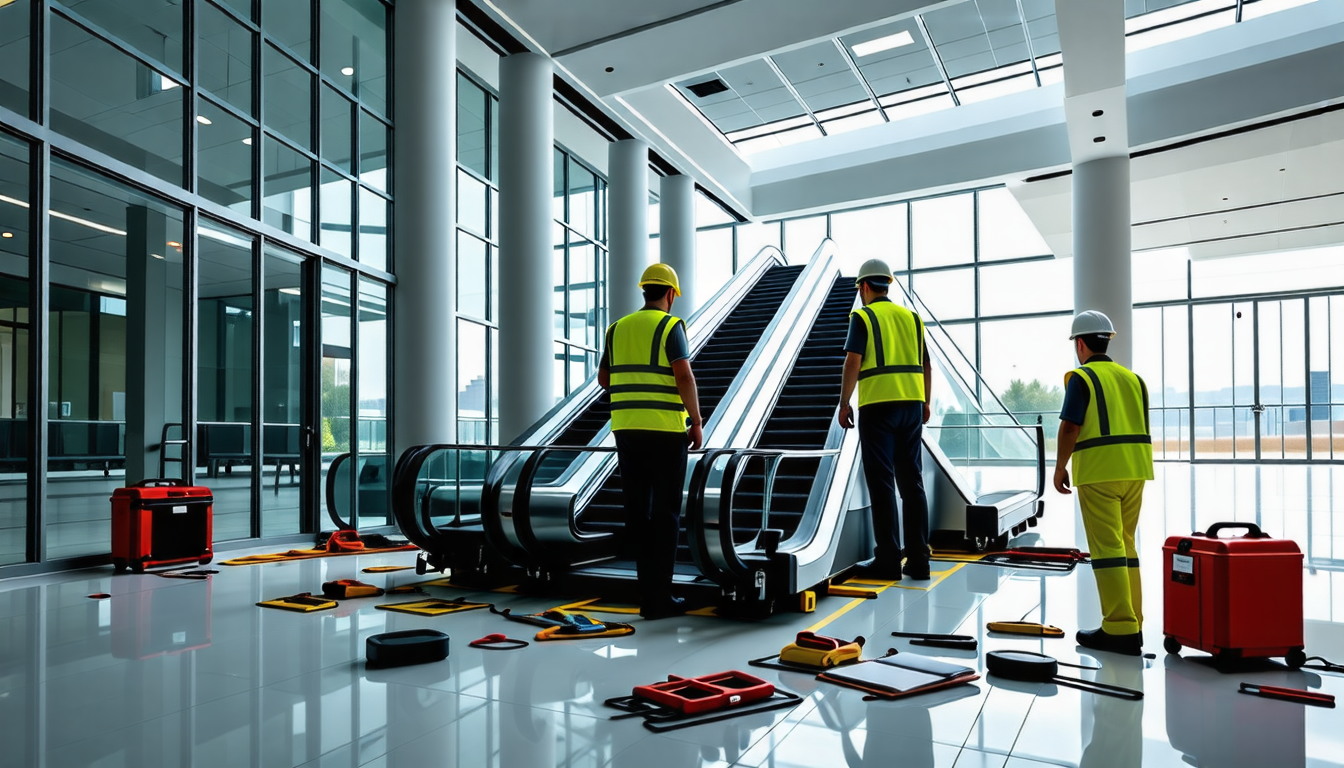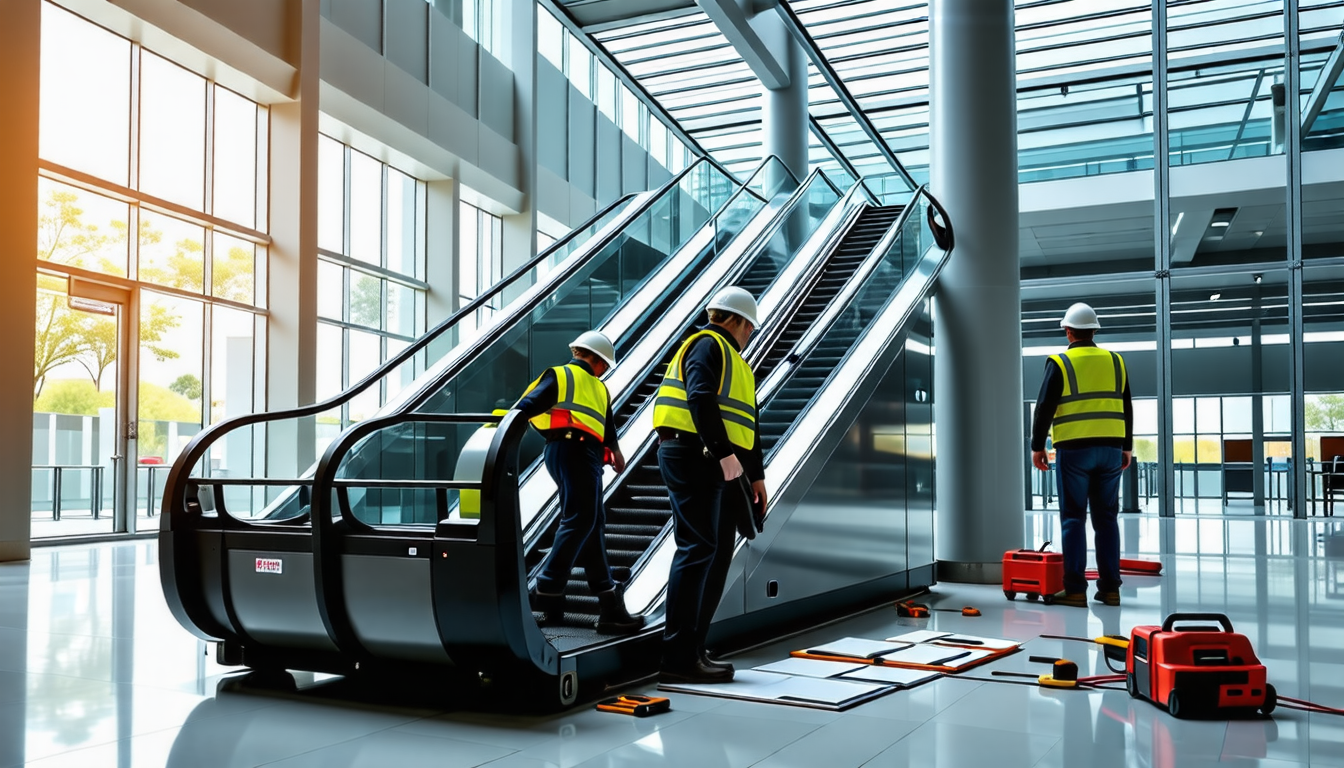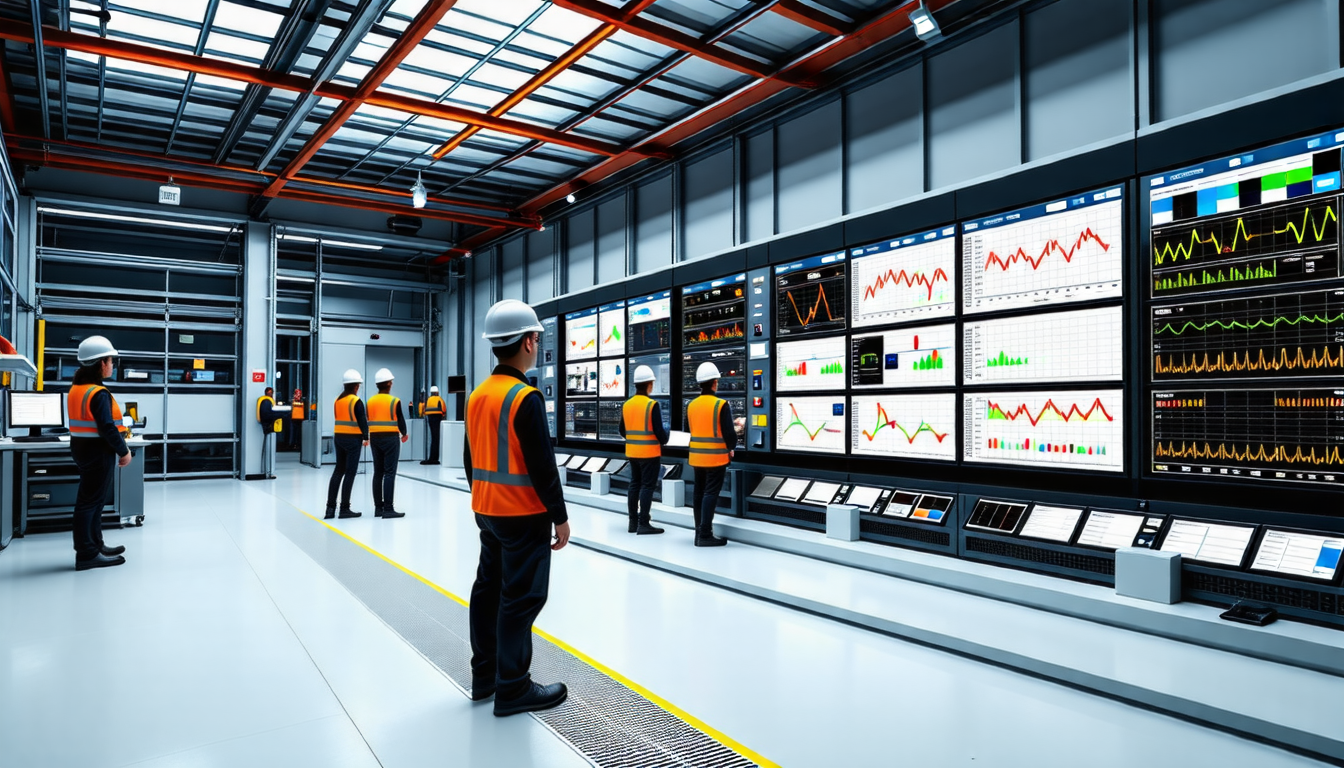|
IN BRIEF
|
Installing a Mitsubishi Electric escalator involves a series of critical steps to ensure safety, functionality, and compliance with industry standards. Before commencing the installation, it is imperative that the flooring around the escalator is not finished until the escalator is securely in place. Specific attention must be paid to the flooring within 300mm or 12 inches of the escalator floor plate, as this area requires special consideration to accommodate the structure. Alongside the physical installation, utilizing tools such as the Mitsubishi EZ-Assist System can streamline the planning process, offering resources to effectively manage the installation project. Adhering to these guidelines will not only enhance the installation process but also contribute to the overall safety and performance of the escalator system.

Installing a Mitsubishi Electric escalator requires meticulous planning and adherence to safety protocols to ensure a smooth installation process. Proper installation plays a crucial role in the escalator’s reliability and performance. This guide will provide practical instructions and essential considerations for successfully installing a Mitsubishi Electric escalator.
Pre-Installation Considerations
Prior to starting the installation, conducting a comprehensive assessment of the installation site is vital. This involves evaluating the structural integrity of the area where the escalator will be placed and ensuring compliance with local regulations. Additionally, reviewing the specific installation guidelines provided by Mitsubishi Electric is crucial.
One critical aspect to keep in mind is that the flooring around the escalator must remain unfinished until the escalator installation is complete. This precaution minimizes potential damage and ensures a secure fit for the escalator unit. Specifically, flooring that is within 300mm (approximately 12 inches) of the escalator floor plate should not be installed early, allowing for precise adjustments once the escalator is in place.
Site Preparation
Preparation of the installation site involves several steps, including ensuring that there is adequate space to maneuver equipment and personnel safely. Mark the location of the escalator on the floor, taking care to note the dimensions required for the escalator’s base and its operational pathway.
Next, it is essential to install any necessary support beams ahead of time. This may include intermediate supports that provide additional stability to the escalator. Ensure that these beams meet the structural requirements laid out in the design specifications, as well as in the Mitsubishi Electric escalator catalog.
Unpacking and Inspecting the Escalator
With the site prepared, the next step involves carefully unpacking the escalator components. This includes the escalator’s truss, step units, and handrails. An inspection of each component is essential to confirm that no damage has occurred during transportation. Report any discrepancies to the supplier immediately to avoid delays in the installation process.
During the inspection, verify that all parts are accounted for by comparing them against the inventory list provided in the installation manual. This ensures that every component necessary for installation is on-site and ready for assembly.
Assembling the Escalator
The assembly of the escalator should commence with the truss section. Begin by positioning the truss at the marked location. Use leveling tools to ensure that it is installed correctly, keeping in mind that precision is vital for the escalator’s operation.
Once the truss is secured, proceed to install the step units. This involves carefully placing each step into the truss according to the specifications outlined in the installation manual. Be sure to maintain the correct alignment and secure each unit properly to avoid any operational issues later.
Electrical and Mechanical Connections
After the physical installation of the escalator is complete, it is time to establish the necessary electrical and mechanical connections. Follow the wiring diagrams provided in the installation manual to connect the escalator’s motor and control systems accurately.
Ensure that all electrical connections are secure and comply with local codes to guarantee both functionality and safety. In particular, pay close attention to grounding requirements to minimize electrical hazards.
Testing the Escalator
With all components installed and connected, conducting thorough testing is essential. This step includes checking the escalator’s operation to ensure it runs smoothly and safely. Activate the escalator and observe its functionality, watching for any unusual noises or irregular movements.
In addition, it may be beneficial to run diagnostics through the escalator’s control system, allowing for early detection of any potential issues. According to Mitsubishi Electric guidelines, regular maintenance schedules should be established for monitoring the escalator’s condition over time.
Completing the Installation
Once all tests are successfully completed, proceed to finish the surrounding flooring. This includes filling any holes and ensuring that the area around the escalator is clean and free of debris. This final step not only enhances the aesthetic appeal but also serves to establish a safe environment for escalator users.
It is advisable to conduct a final inspection of the installation area. This serves to confirm that everything meets safety standards and operational requirements. Make sure to document any findings or suggestions for future reference.
Post-Installation Maintenance
After installation, maintaining the escalator becomes a priority. It is vital to implement a regular maintenance schedule to keep the escalator in optimal working condition. This can be facilitated through the use of the Mitsubishi Electric maintenance services, which offer expert insights and services to ensure the escalator runs smoothly.
For any concerns, or to schedule regular maintenance or repairs, utilize the online form to contact a Mitsubishi Service technician. Having a reliable maintenance plan in place contributes to the long-term safety and functionality of the escalator.
Moreover, it is important to educate building personnel and users on the proper use of the escalator. This includes safety tips and the importance of keeping the escalator free from obstructions during operation.
Utilizing Planning Tools
To streamline the installation process, consider using the Mitsubishi EZ-Assist System, a specialized online tool designed to help elevator and escalator professionals plan their projects efficiently. This platform provides valuable resources and tools that aid in project management and ensure that all aspects of the installation process are addressed.
You may find it helpful to explore available options for escalators that suit your installation’s specific requirements. For more information on various types of Mitsubishi Electric elevators and escalators, visit this link. Additionally, learn tips on ensuring the safety of your Mitsubishi Electric elevators by checking out this resource.
Proper installation of a Mitsubishi Electric escalator is crucial for ensuring optimal performance and safety. Before starting, ensure that flooring around the escalator is unfinished until installation is complete. Special attention must be given to the area within 300mm (12 inches) of the escalator floor plate, as this region must also remain unfinished. Furthermore, consult installation guidelines carefully to determine the necessary support structures, including the placement of support beams and intermediate supports. Once installed, fill any holes and finish the flooring in surrounding areas for a seamless integration. By following these steps, you will achieve a solid and efficient installation of your escalator.
Frequently Asked Questions about Installing a Mitsubishi Electric Escalator
Q: What should be considered regarding the flooring around the escalator?
A: Flooring around the escalator must not be finished until the escalator is installed to ensure proper alignment and support.
Q: How close to the escalator floor plate should the flooring be left unfinished?
A: The flooring within 300mm (approximately 12 inches) of the escalator floor plate must remain unfinished until installation is completed.
Q: Is there a tool available to assist with escalator installation planning?
A: Yes, the Mitsubishi EZ-Assist System is an online tool designed to help plan an escalator installation project efficiently.
Q: What is the procedure after installing the escalator regarding the surrounding flooring?
A: After the escalator installation, it is necessary to perform hole filling and floor finishing in the areas surrounding the escalator.
Q: What type of support structures are required during escalator installation?
A: The installation must include support beams, and this includes intermediate supports as needed.
Q: How can I contact a technician for maintenance or service on my escalator?
A: You can use the convenient online form provided by Mitsubishi Electric to contact a service technician and establish a maintenance plan.

